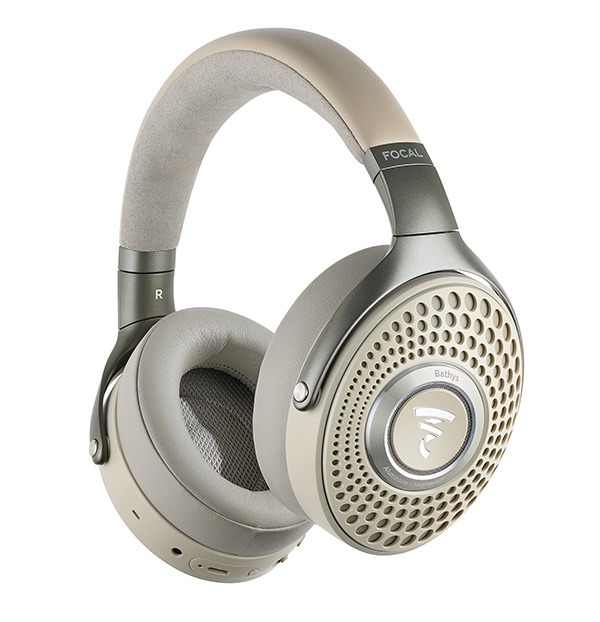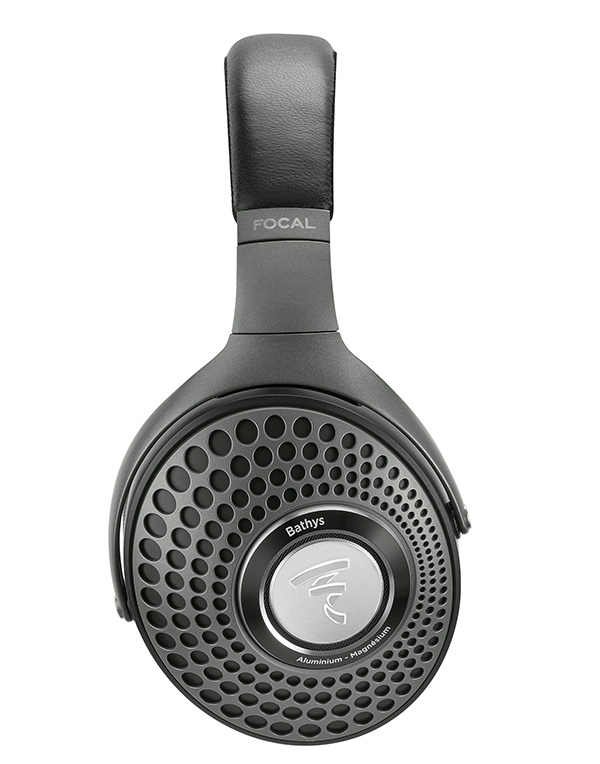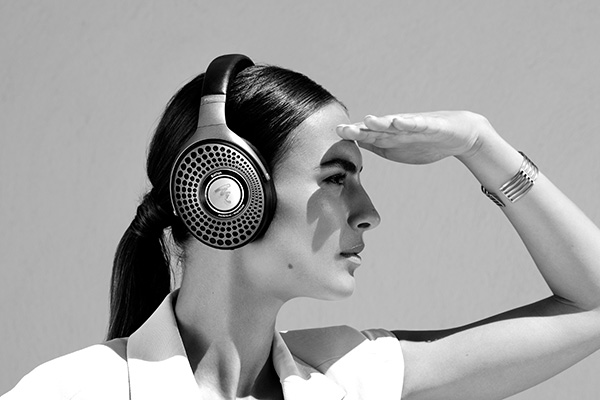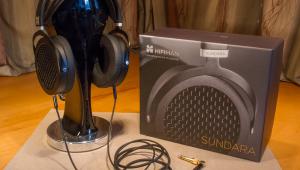| Columns Retired Columns & Blogs |
I'm surprised Focal didn't give you clearer guidance on this. A normal lightning cable will not work, it has to be both OTG and MFI certified.
I use this cable with my Focal Bathys and it works swimmingly and is a much more elegant solution than the camera kit.
https://www.amazon.com/gp/product/B09Q2MQMQF/ref=ppx_yo_dt_b_search_asin_title?ie=UTF8&th=1








































